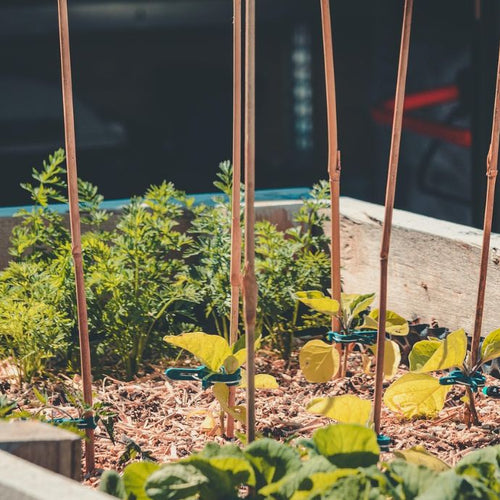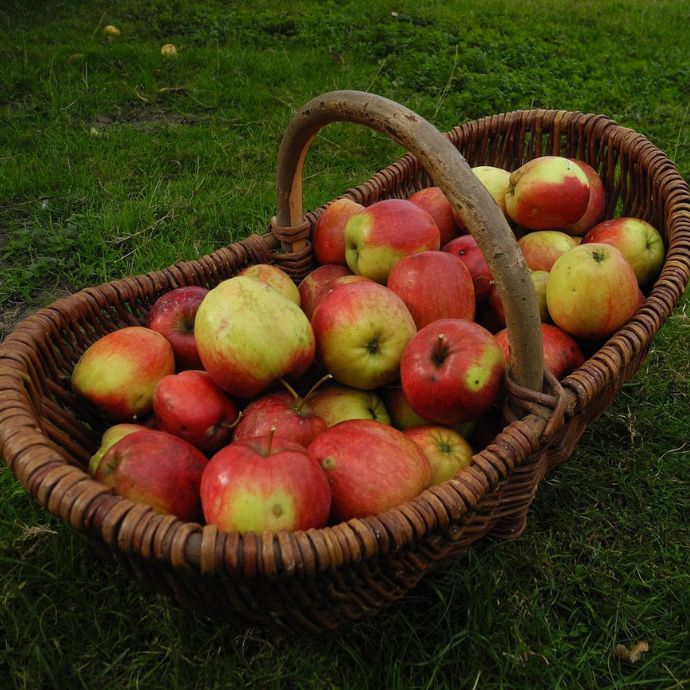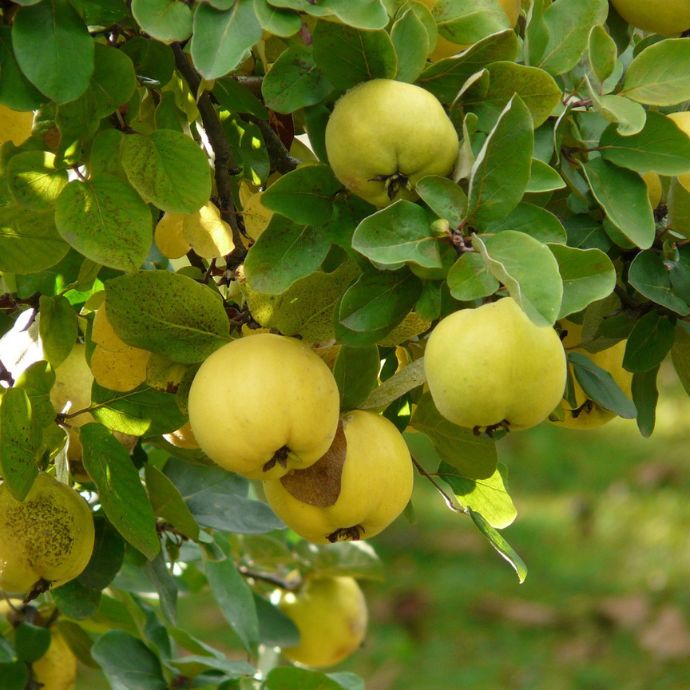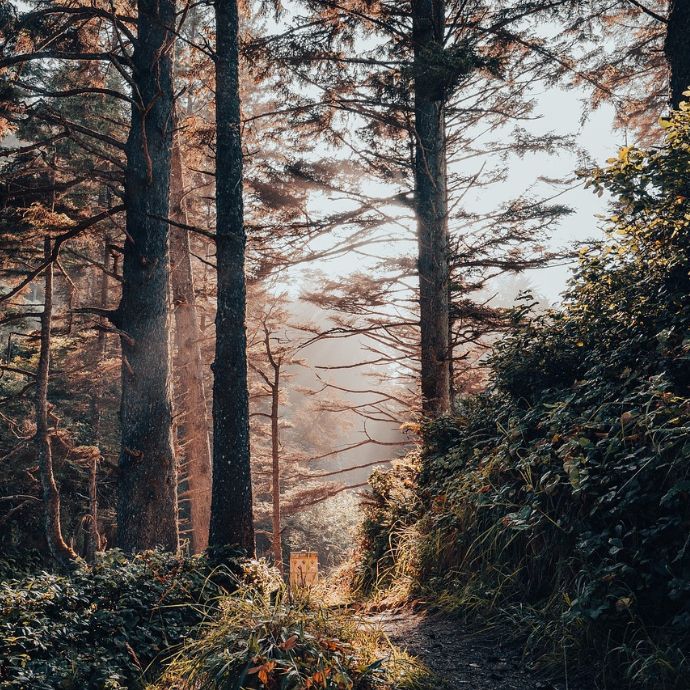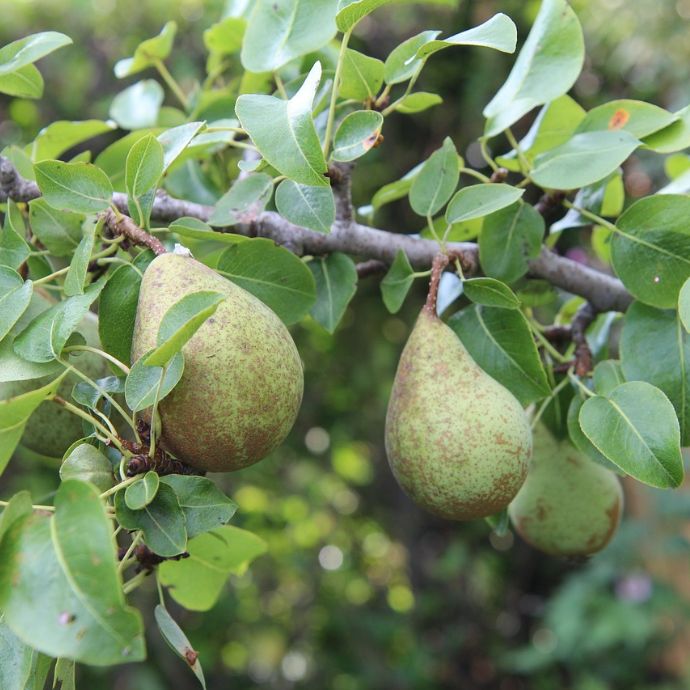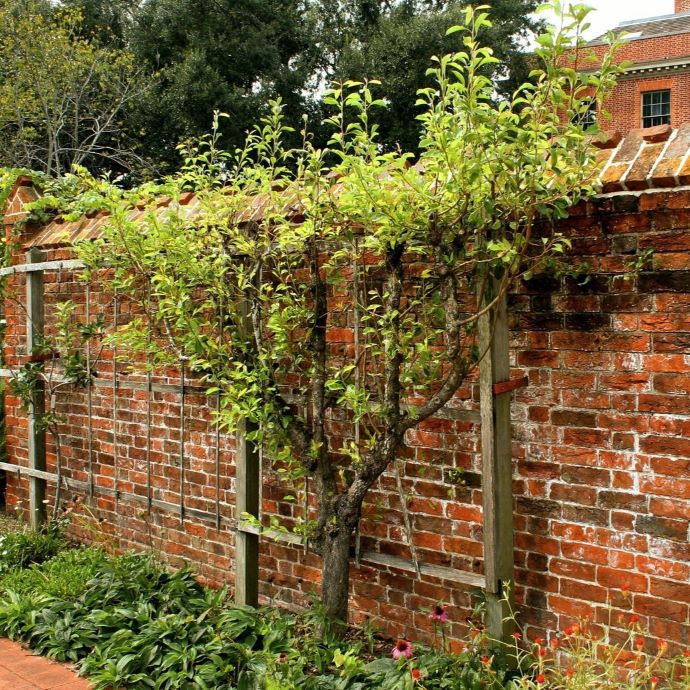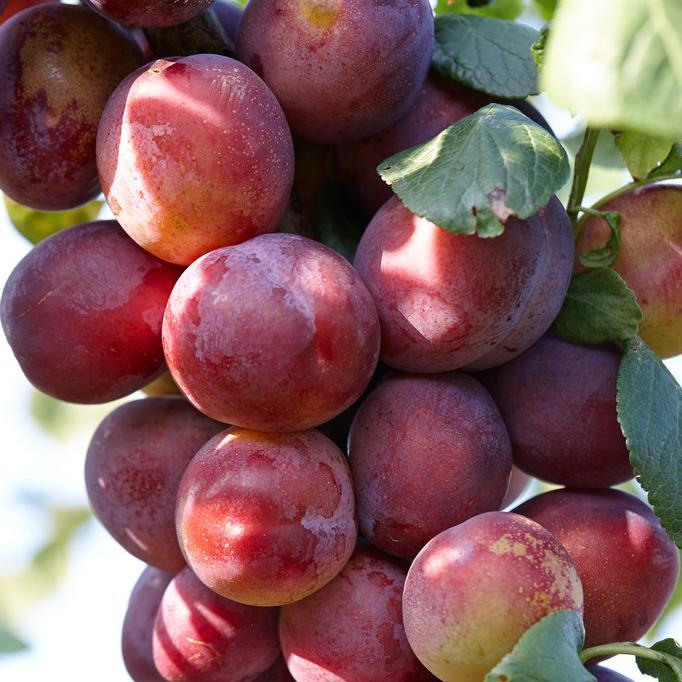Advice & Inspiration
Inspiration
Plant types
Related articles
5 Things to Know Before Buying a Plum Tree
by Chloe Arji
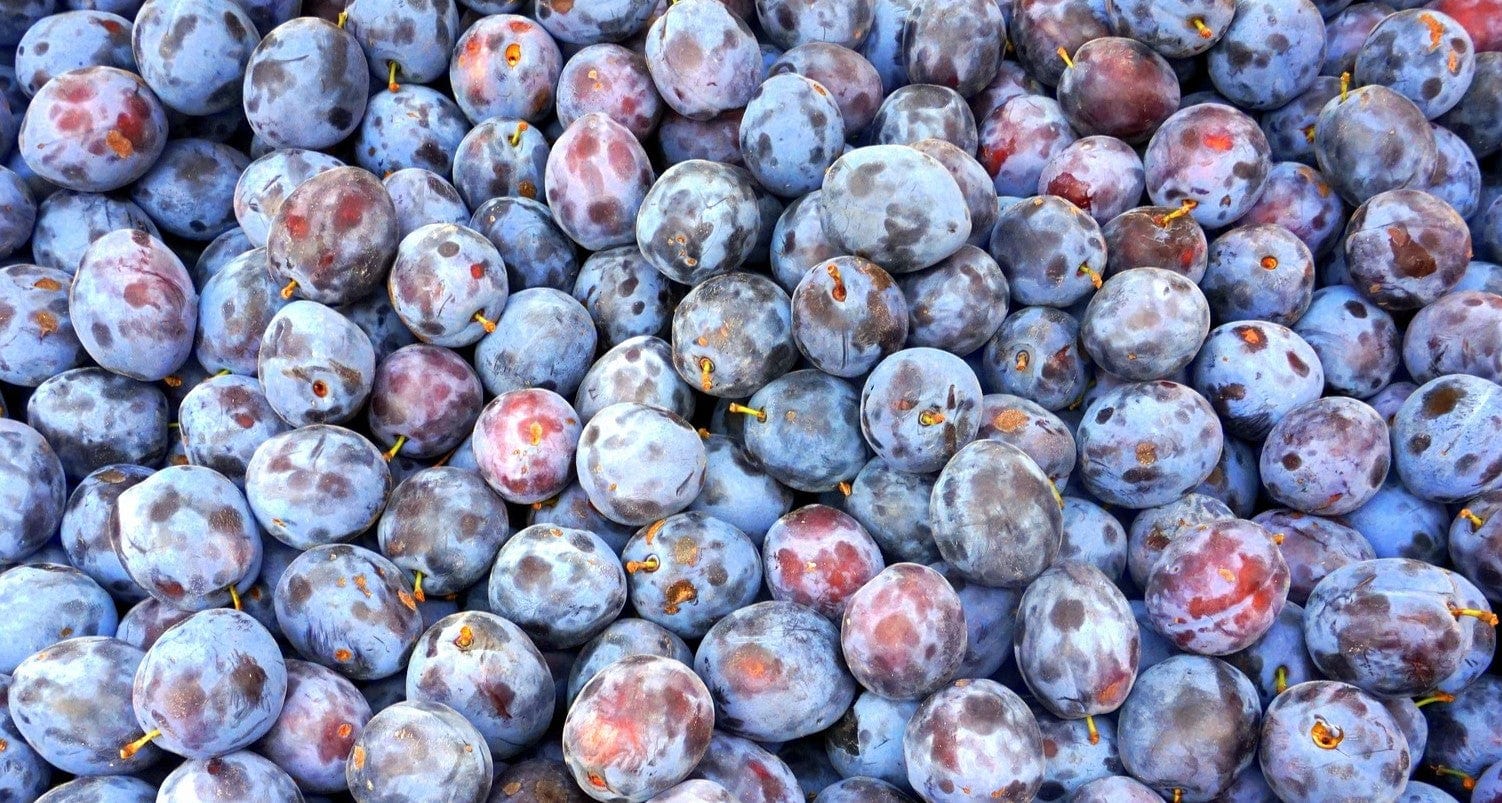
Plums are one of the easiest fruits to grow in your garden - what other tree has a whole host of online articles telling you how to support the branches when there’s too much fruit weighing them down? However we know that this can also seem like a daunting prospect. What if you don’t have that much space in your garden? Or you accidentally buy a cooking plum when you wanted to eat them raw? You’ll be living with your plum tree for many years, so it’s really important to get it right. We collected together your most frequently asked questions and put them to our growers: here’s what they said.
1. How big will my plum tree grow?
Plum trees are usually grown on St Julien A rootstock which means they will naturally grow to a height of 4.5-5m unless they’re pruned to fit a smaller space. This size is perfect for a large or medium garden.
If that sounds like a lot of garden space to devote to one tree, choose one of the patio varieties on Pixy rootstock like Victoria Plum, or go for a cordon tree. These trees are specially trained to grow in a very slender form, so they won’t take up too much space.
Learn How to Train a Victoria Plum into a cordon here.

2. Which is the best variety of plum for me?
It depends what you want to use your fruit for. If you want plums primarily for eating, the best flavoured varieties are considered to be Jubilee, Opal, Old Greengage and Imperial Gage. For cooking, jams and preserves, the best options are Mirabelle Golden Sphere and any damson variety. Or hedge your bets with a dual purpose variety - they include Oullins Golden Gage, Victoria, Cambridge Gage and Mirabelle de Nancy and they’re good for both purposes.
3. What's the difference between plums, gages and damsons
Plums, gages and damsons are all members of the Prunus domestica family. They look similar but differ slightly from one another. Plums are large, soft fleshed and can be used for eating or cooking, depending on the variety. They’re easy to grow. Gages are smaller, rounder and sweeter for eating but need more sun than plums. Damsons are very easy to grow, have a tart flavour and are best for cooking and jam.

4. Do I need a self fertile plum tree?
Some plum trees can fruit without another tree to pollinate them, but some do need another plum nearby to do this for them. In theory this means that if you only plant one plum tree, it should be a self-fertile variety. However it’s very unlikely (unless you live in a remote area) that there won’t be another plum tree within a mile of you, so you don’t need to worry about this one. If you do live in a remote area, self fertile varieties include Victoria Plum and Farleigh Damson.
5. When can I harvest the fruit?
This is an important question - after all, if you always go on holiday in August (which is when most plum trees fruit) you don’t want the crop to go to waste. Luckily some varieties fruit earlier - you’ll start to see fruit from Opal in July - or later. For a later crop in September, choose a Merryweather Damson, Old Greengage, Cambridge Gage or Mirabelle de Nancy plum. And how long will you have to wait for your tree’s first fruit? Plums and Gages will produce a crop within three years (1-2 years for smaller dwarfing varieties) while Damsons may take between 3 and 5 - however it is worth the wait!
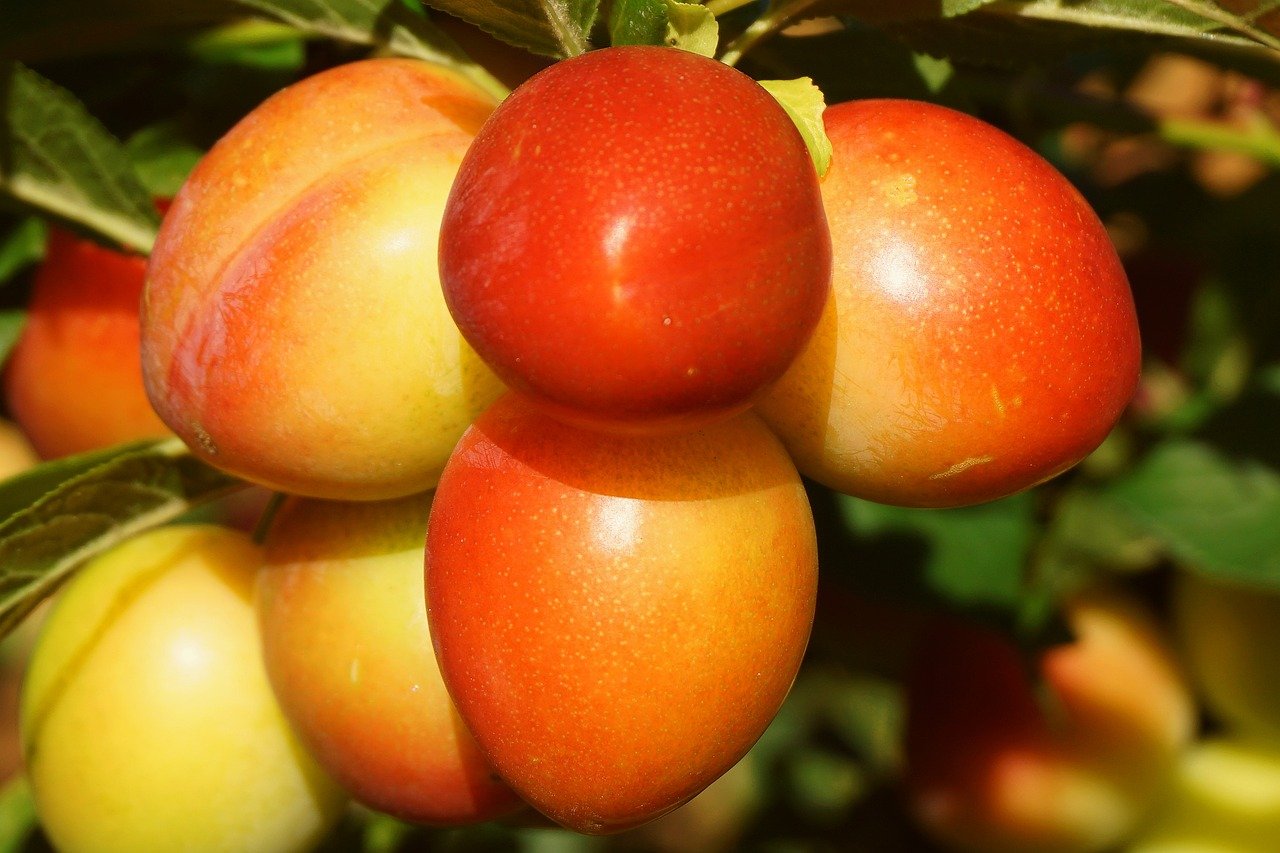
If you found this guide useful, you might also like
Fighting plastic waste
Delivering fresh from the nursery
Supporting UK growers
